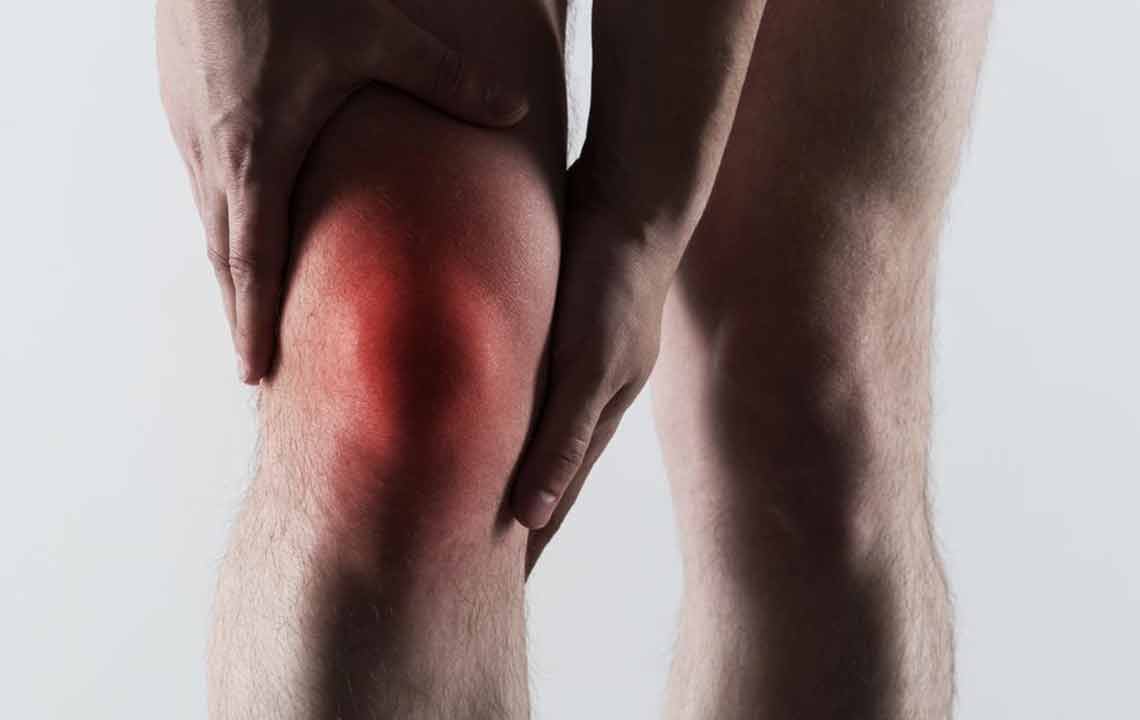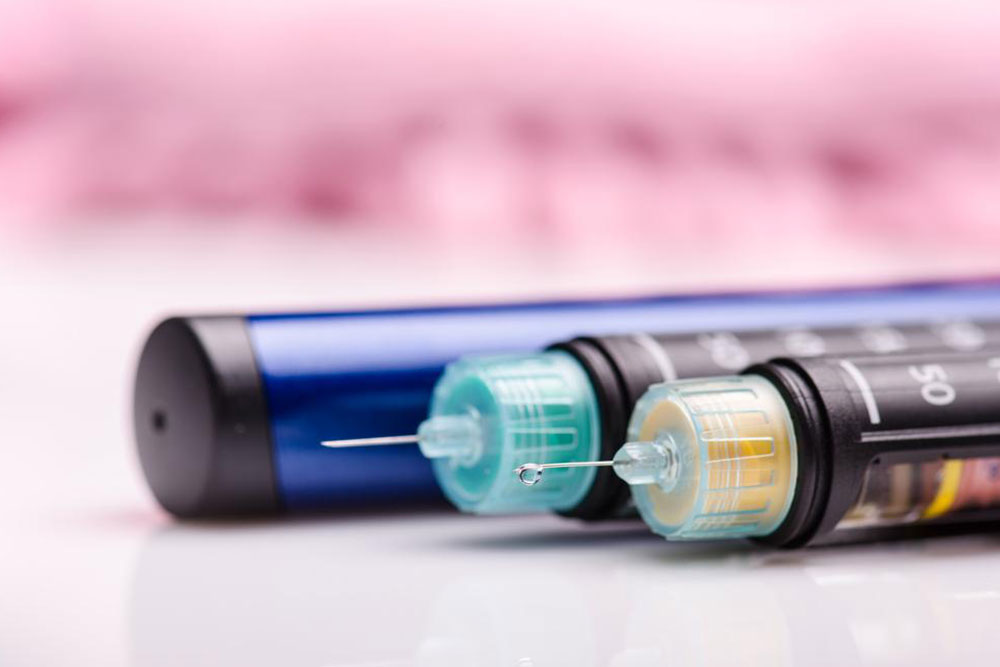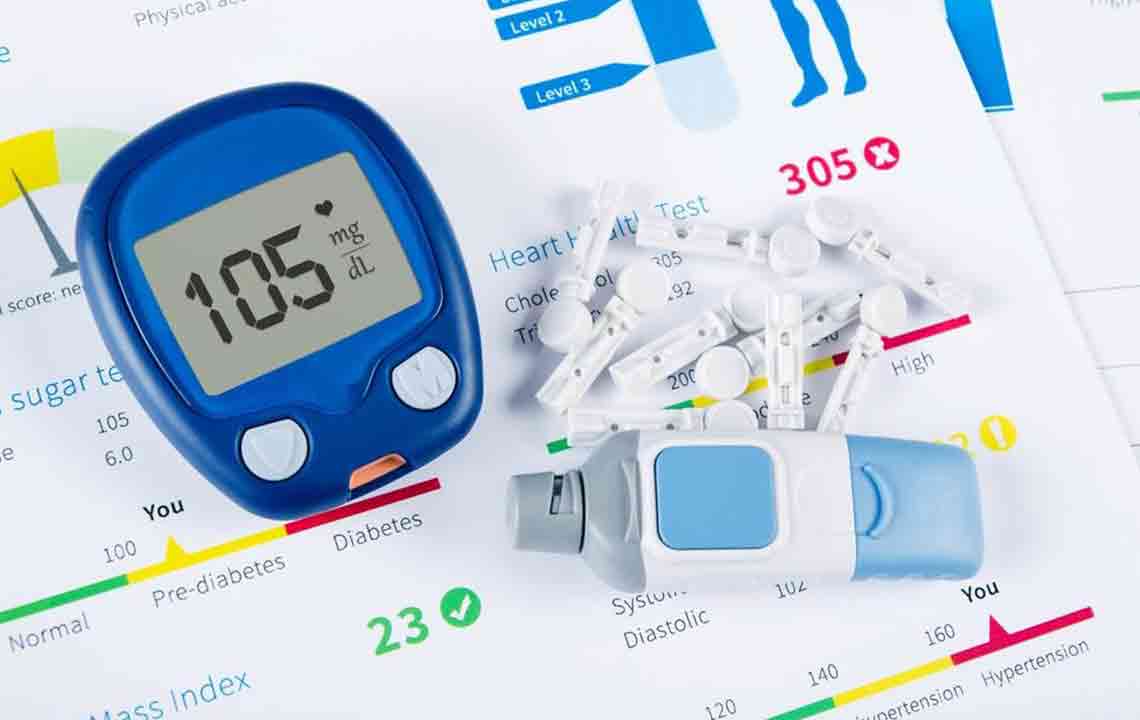Managing Gout and Diabetes: Tips for Better Control
Learn effective strategies to manage gout and its connection to diabetes. This guide covers dietary tips, medications, and lifestyle changes to reduce symptoms and improve overall health. Understanding the link between these conditions can help individuals seek appropriate treatment and prevent complications. Expert advice on uric acid control, dietary modifications, and managing associated health issues is included for better disease management.

Managing Gout and Diabetes: Essential Strategies
Gout is a type of arthritis characterized by sudden joint inflammation and pain, primarily caused by elevated uric acid levels in the bloodstream. It commonly begins with pain in the big toe. Uric acid results from the breakdown of purines in food, which normally dissolves in blood and is eliminated via the kidneys. Gout develops when the body produces excess uric acid or kidney function impairs its clearance. Crystals form and deposit in joints and tissues, leading to discomfort.
The Connection Between Gout and Diabetes
High uric acid levels, or hyperuricemia, often follow gout diagnosis, especially in individuals with type 2 diabetes. Conversely, elevated uric acid can increase the risk of developing diabetes. When insulin resistance occurs, sugar remains in the bloodstream rather than entering cells, contributing to type 2 diabetes. This resistance can also exacerbate gout symptoms, creating a cycle that worsens both conditions.
Research published in the 2014 Annals of Rheumatic Diseases highlights a stronger link between gout and diabetes in women. Women with gout are more susceptible to developing diabetes compared to those without gout, making effective management essential.
Gout and Diabetes Management Strategies
Maintain uric acid levels at or below 6 mg/dL through regular blood tests. Medications prescribed by healthcare providers can reduce uric acid production or enhance its excretion.
Medication options include xanthine oxidase inhibitors to lower uric acid synthesis and uricosuric agents to increase uric acid elimination.
Relief from gout symptoms can be achieved through medications for pain and swelling, along with applying cold packs to affected joints. Rest is vital during flare-ups, especially for sensitive toes.
Diet plays a crucial role. Limit foods high in purines such as shellfish and certain dairy products. Reduce alcohol intake to prevent attacks, and stay well-hydrated by drinking at least eight glasses of water daily. Managing associated conditions like kidney disease and high blood pressure is also important to control uric acid levels.










